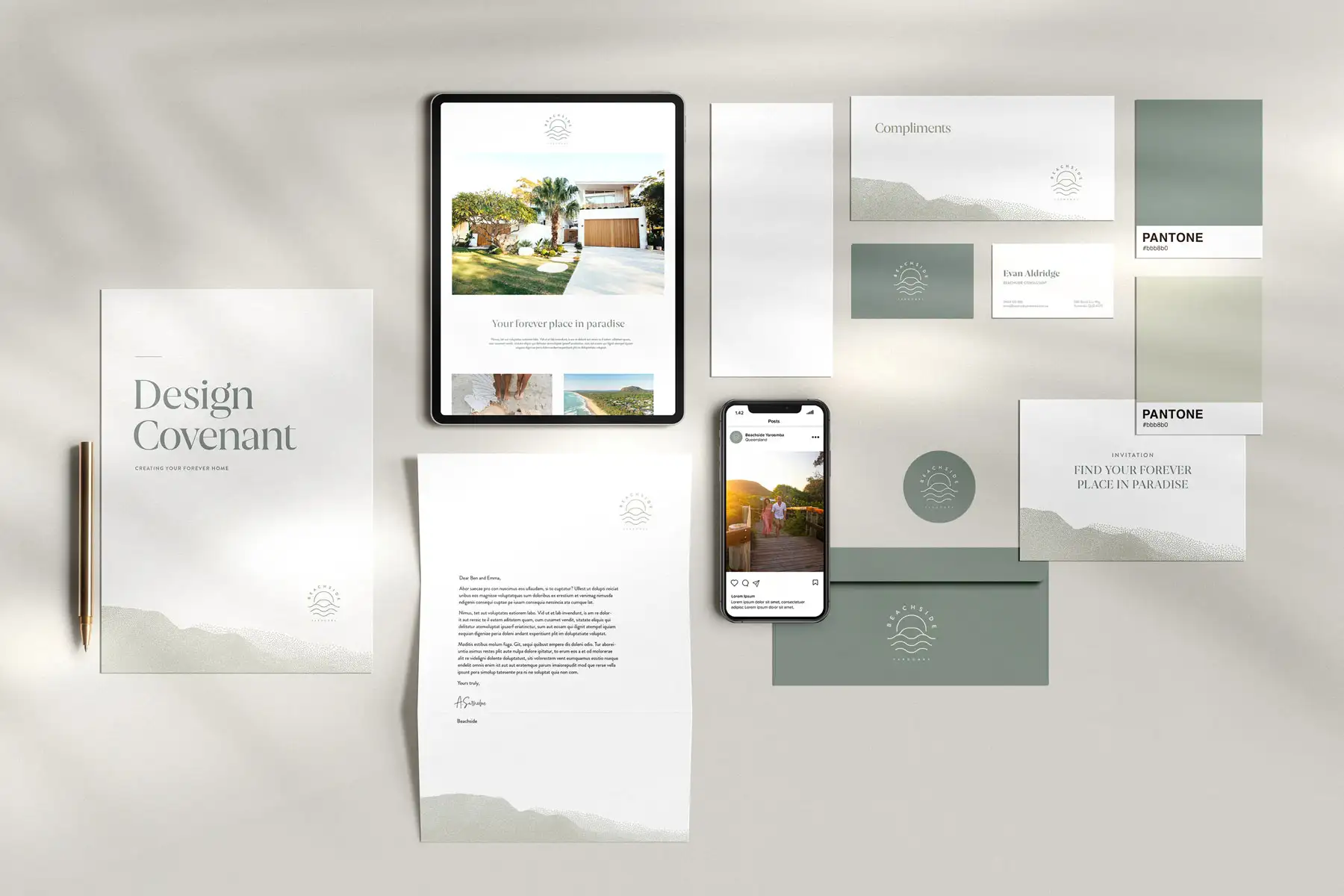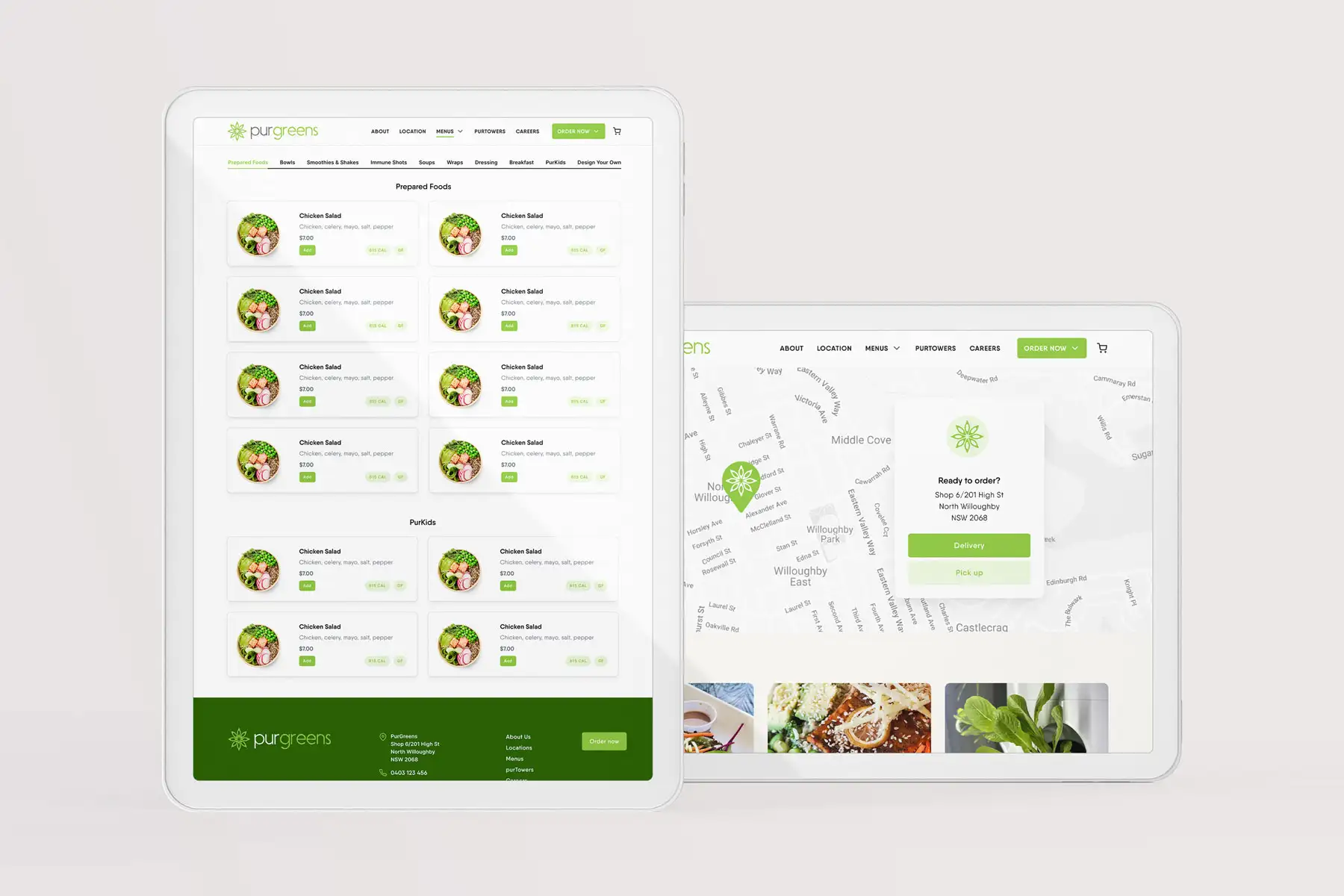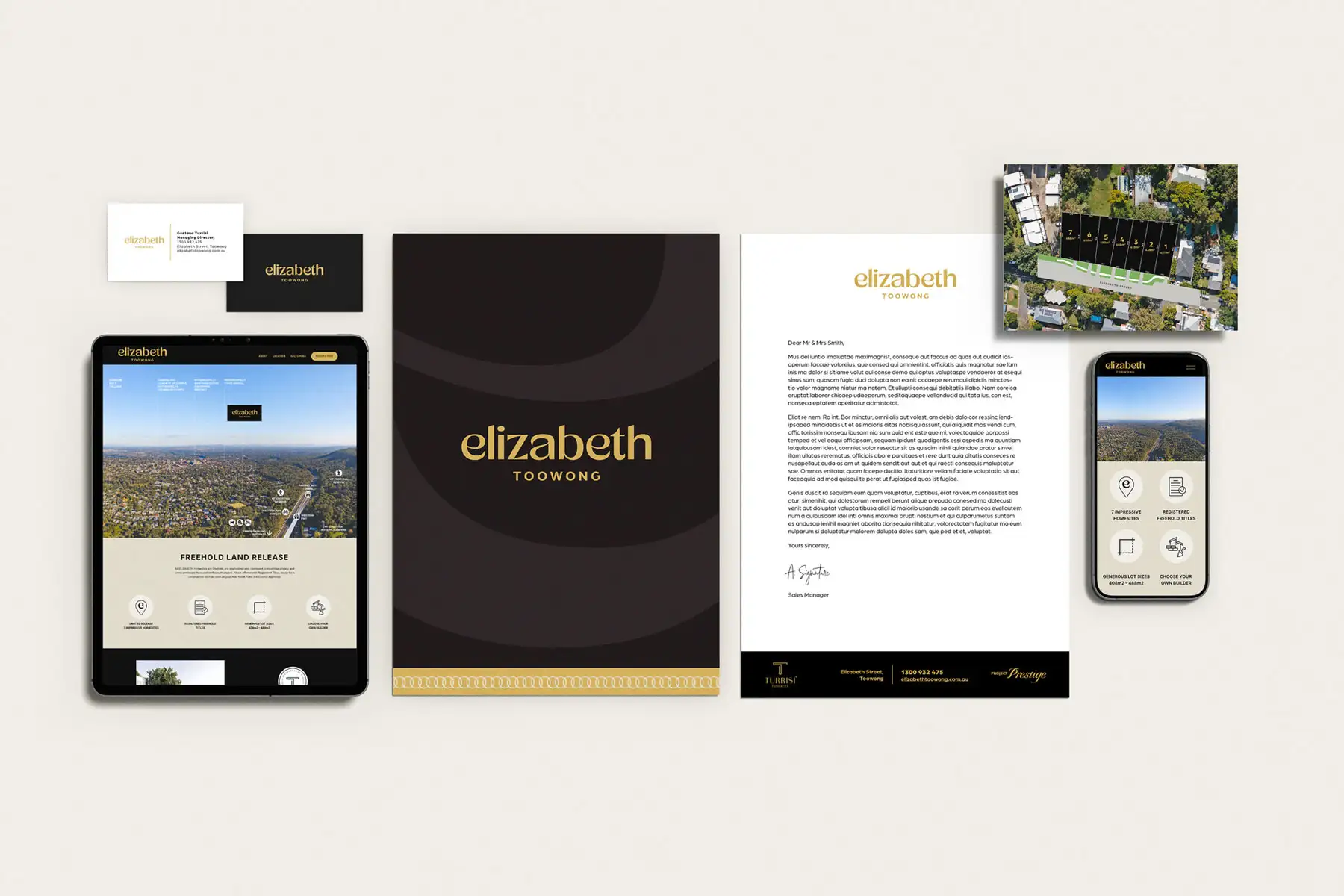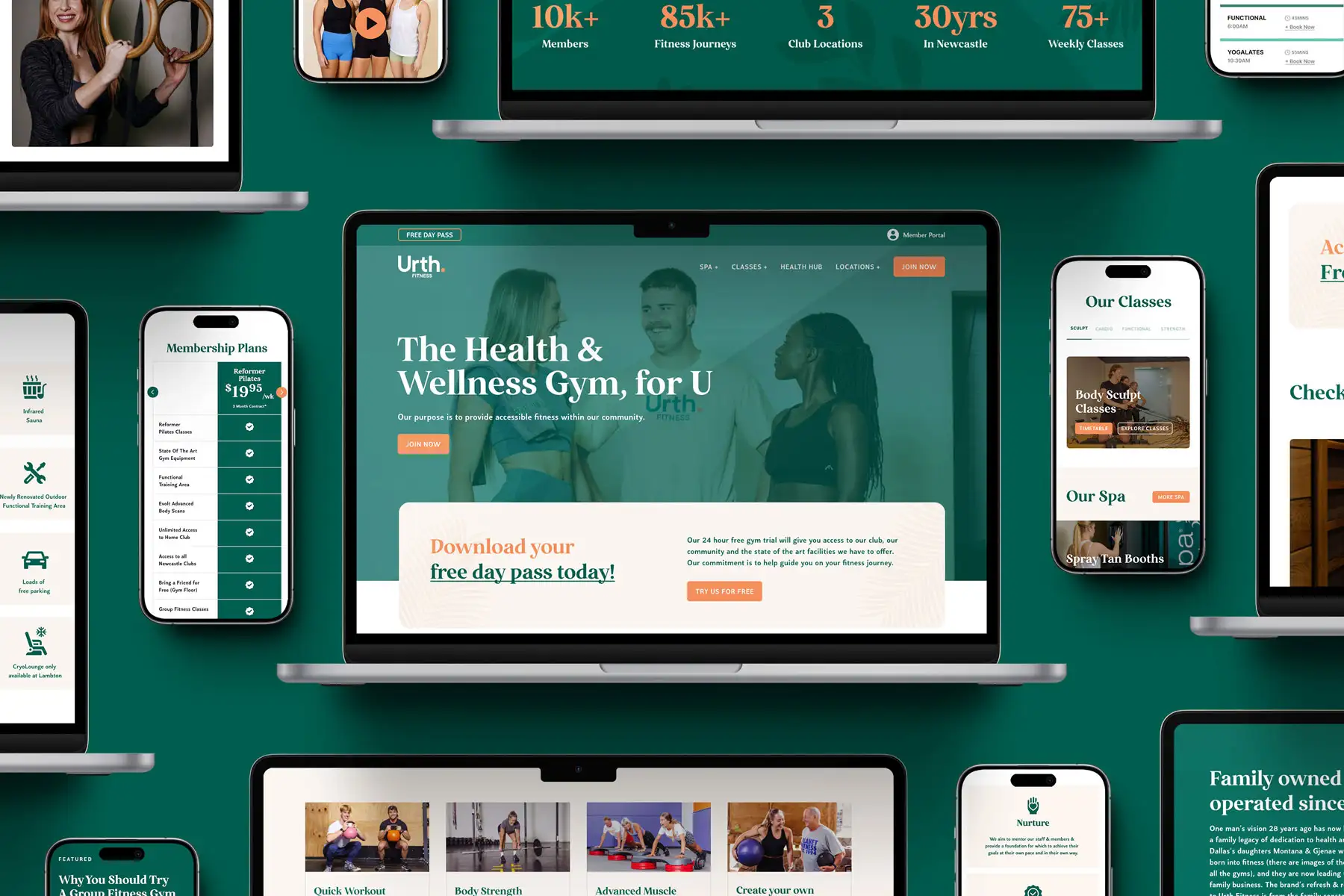Our services
Lance Montana is a digital marketing agency based in Brisbane, Gold Coast and Sunshine Coast. We build beautiful brands, world-class websites and creative campaigns to connect businesses with the right people, in the right place at the right time.





Featured Project
Dolphins NRL Campaign
See how we brought this footy-fan-driven TV commercial (above) and campaign creative to life—highlighting how City of Moreton Bay Council is proudly backing this incredible National Rugby League team and celebrating every win together. Phins for life!
Recent work

City of Tomorrow
Helping City of Moreton Bay present a compelling vision for the 2032 Games and beyond.
Read more
SharkNet
A distinctly Australian cyber security brand that provides protection from predators.
Read more
Dolphins NRL & City of Moreton Bay
Bringing council and community together to rally support behind their beloved footy team.
Read moreTowards Brisbane 2032
With the Brisbane 2032 Olympic Games on the horizon, we’re passionate about helping Australian businesses capitalise on this once-in-a-lifetime opportunity. We’re already developing marketing campaigns and strategies for businesses across Brisbane, Gold Coast, and Sunshine Coast – if you haven’t started preparing yet, now is the time. Whether you’re tendering for contracts or want to better position your brand for growth, we’ll help you go for gold.
Meet the team
We are a team of specialist marketers, creatives, analysts, and web developers based in Brisbane, Gold Coast, and Sunshine Coast, with full-time remote staff in New South Wales, Victoria, and Tasmania. Whether you’re a local business in South East Queensland or a national organisation anywhere in Australia, Lance Montana is your digital marketing agency, creative agency, and web developer team rolled into one.

Brands we work with
Over the past decade, Lance Montana has developed rewarding, long-term partnerships with various clients across the private and public sectors.









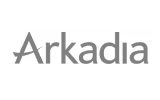














Let’s Work Together
Email for non-humans
First & Last Name *
Contact Number *
Email Address *
Send






































